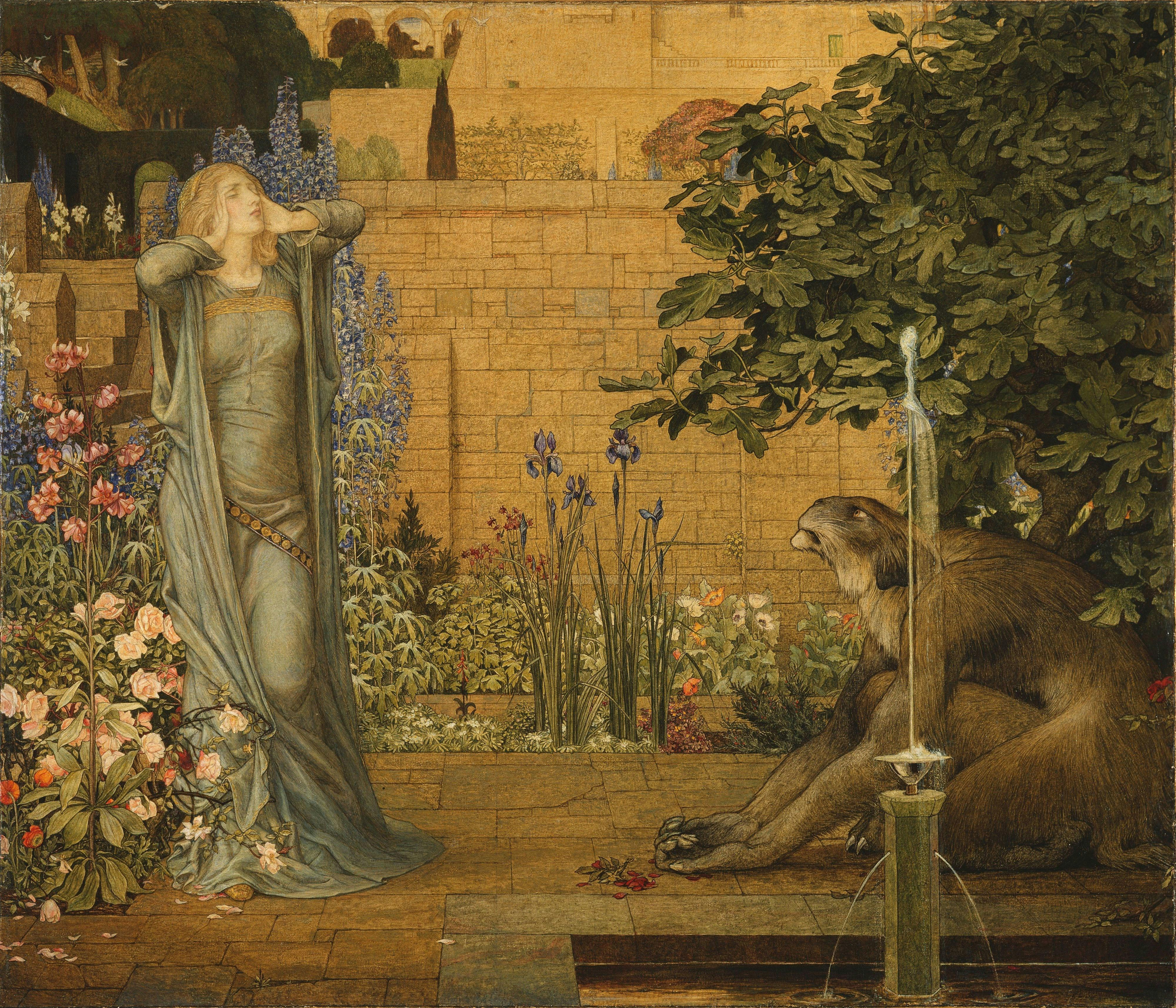Jordan Peele’s 2017 film “Get Out” has been lauded not only as a gripping horror-thriller but also as a profound social commentary that delves into the complexities of race relations in contemporary America. The film transcends traditional genre boundaries, using its narrative to explore themes of systemic racism, cultural appropriation, and the façade of liberalism. This article aims to dissect the layers of social commentary embedded within “Get Out,” examining how Peele’s masterful storytelling and symbolic imagery contribute to a broader conversation about race and identity. By analyzing key scenes and motifs, we will uncover the film’s nuanced critique of societal norms and the insidious nature of prejudice that persists beneath the surface of seemingly progressive communities.
Exploring Racial Tensions and Stereotypes in Get Out
Jordan Peele’s Get Out intricately weaves a narrative that exposes the underlying racial tensions and stereotypes prevalent in modern society. Through a blend of horror and satire, the film highlights how racism persists in seemingly benign environments, particularly among liberal communities who perceive themselves as allies. The unsettling interactions between Chris, the protagonist, and his girlfriend’s family serve as a mirror reflecting the insidious nature of microaggressions and the objectification of Black bodies. Peele cleverly uses the horror genre to dramatize these everyday experiences, making the audience confront uncomfortable truths about racial dynamics.
- The “Sunken Place”: A metaphor for the feeling of helplessness and marginalization experienced by Black individuals.
- Symbolism of the Deer: Represents how Black people are often seen as targets or trophies, highlighting the theme of exploitation.
- Hypocrisy of Allyship: The Armitages’ claim to embrace racial equality contrasts sharply with their sinister actions, underscoring the superficiality of performative allyship.
By delving into these themes, Get Out challenges viewers to examine their own biases and the societal structures that perpetuate racial stereotypes. Peele’s masterful storytelling not only entertains but also provokes critical discussions about race relations in contemporary America.

Analyzing the Use of Symbolism to Convey Social Critiques
In the film Get Out, director Jordan Peele masterfully uses symbolism to weave a tapestry of social critique that delves into the complexities of race relations in modern America. One of the most striking symbols in the film is the recurring motif of the deer. When protagonist Chris Washington encounters a dying deer early in the movie, it sets the stage for a narrative that examines the dehumanization and objectification of Black bodies. The deer serves as a metaphor for how society often views Black individuals—disposable and marginalized.
- The Sunken Place: A chilling representation of helplessness and suppression, the Sunken Place symbolizes the silencing of Black voices. This metaphor extends beyond the horror genre to critique societal structures that keep marginalized groups voiceless.
- The Armitage Family’s Gathering: The seemingly innocuous garden party is laden with symbolism, illustrating the microaggressions and exoticism that Black individuals face. The guests’ comments and actions subtly underscore a critique of liberal racism.
- The Coagula Procedure: This grotesque surgical process is symbolic of cultural appropriation, where the Armitage family attempts to appropriate Black culture and bodies for their gain, echoing historical exploitation.
Through these symbols, Peele invites the audience to engage with the film on a deeper level, urging a reflection on the insidious nature of racism that persists under the guise of progressiveness. Each symbol serves as a mirror, reflecting societal truths that challenge viewers to reconsider their perceptions and biases.

Understanding the Role of Humor in Highlighting Societal Issues
In Jordan Peele’s groundbreaking film Get Out, humor plays a pivotal role in addressing complex societal issues such as racism and cultural appropriation. By interweaving comedy with horror, the film manages to engage audiences while providing a critical lens through which to view these pervasive themes. The comedic elements often serve to highlight the absurdity and insidiousness of racial microaggressions and stereotypes, allowing viewers to both laugh and reflect.
- Satirical Representation: The film utilizes satire to expose the underlying racism in seemingly progressive communities. This is evident in the way certain characters make well-intentioned but racially insensitive remarks, which are simultaneously humorous and unsettling.
- Relatable Characters: The inclusion of characters like Rod, the protagonist’s best friend, provides comic relief while also delivering insightful social commentary. His humorous skepticism and exaggerated warnings about the dangers faced by Chris, the main character, underscore the very real fears experienced by many people of color.
By blending humor with horror, Get Out not only entertains but also encourages a deeper understanding of racial dynamics, making it a powerful tool for social commentary. The film’s ability to evoke laughter while addressing uncomfortable truths demonstrates the effectiveness of humor in engaging audiences with critical societal issues.

Recommendations for Engaging with the Films Complex Themes
To fully appreciate the intricate social commentary embedded within Get Out, it’s crucial to delve into its complex themes with a thoughtful and open mindset. Begin by recognizing the film’s exploration of racial dynamics. Analyze how the characters’ interactions reflect broader societal issues and historical contexts. Pay close attention to the subtle ways in which the film addresses microaggressions and systemic racism, using horror as a vehicle to amplify these everyday experiences.
Consider the use of symbolism and metaphor throughout the narrative. The Sunken Place, for instance, serves as a powerful metaphor for the suppression and silencing of marginalized voices. Reflect on how the film uses this imagery to comment on the loss of agency and identity. Additionally, engage with the layers of meaning behind seemingly mundane dialogues and settings, such as the Armitage family’s estate, which is steeped in a history of exploitation and oppression. By dissecting these elements, viewers can gain a deeper understanding of the film’s commentary on race and identity.
- Engage in discussions with others to gain diverse perspectives.
- Research the historical context of race relations depicted in the film.
- Analyze how horror as a genre amplifies the social critique.
